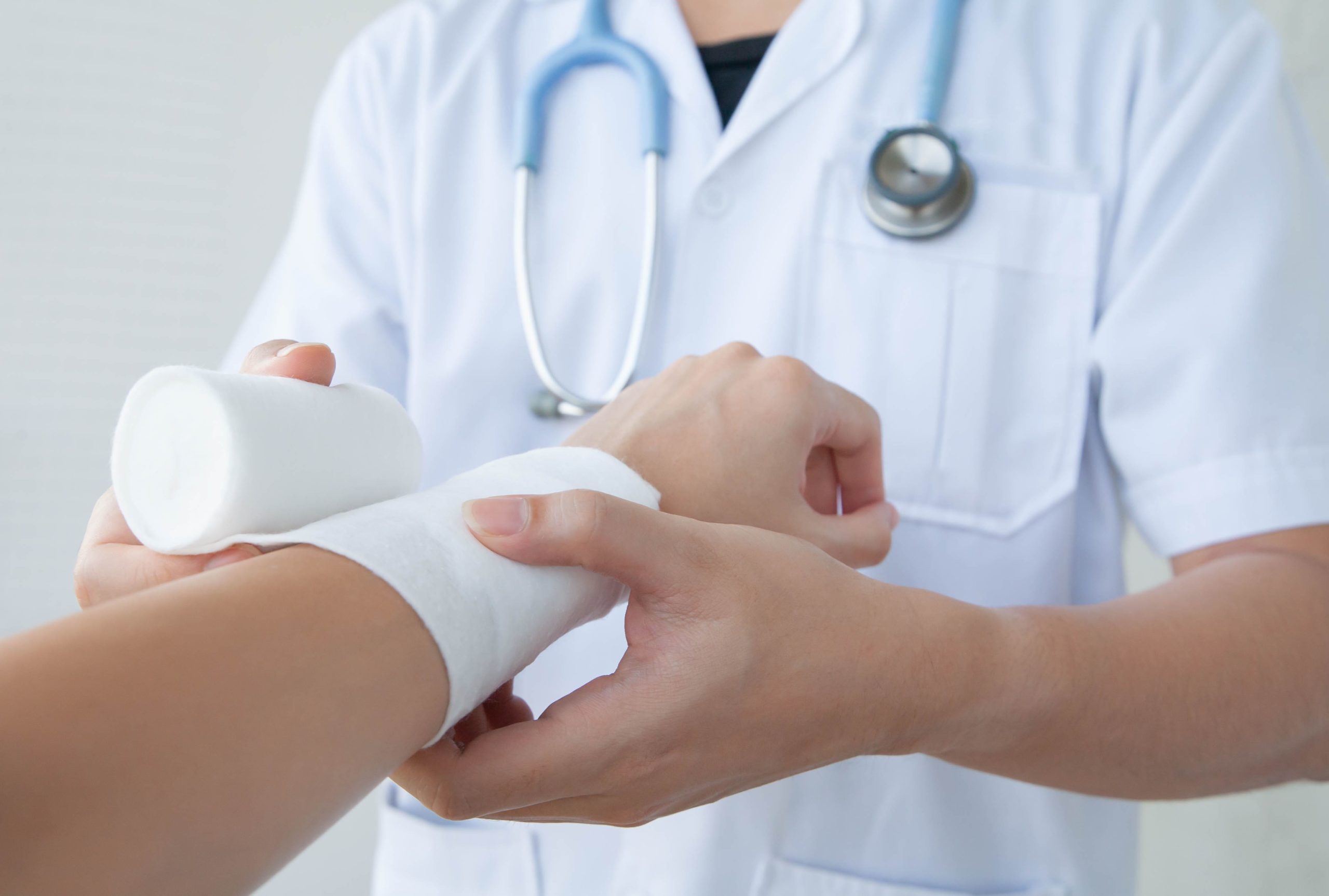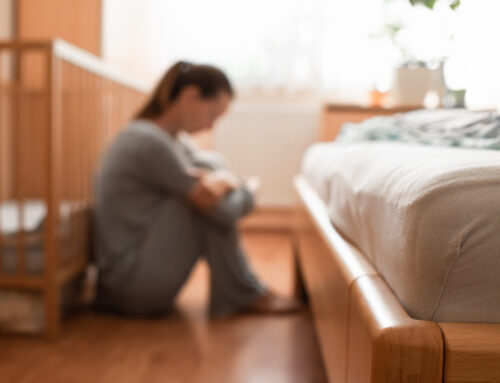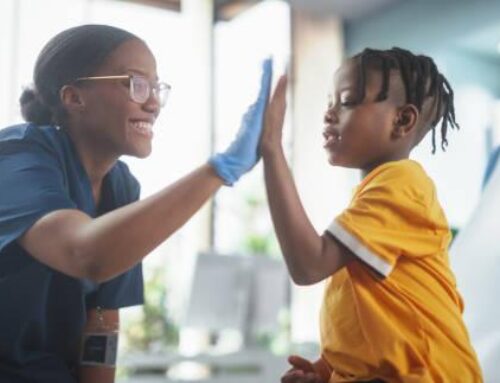Burns can range in severity, from minor burns from a curling iron to severe burns from direct skin contact with an open flame. Regardless of how serious your burn is, there is a high probability that you will be in pain. Are you wondering what to do when you get burned? Do you need to know how to treat a burn? If so, keep reading below for the best tips for treating a burn.
What Are the Different Types of Burns?
If you experience direct skin contact with a hot surface or flame, it’s important to know what to do when you get burned. There are three different types of burns:
- First-degree burns: Also known as superficial burns. They affect the outmost layer of the skin. Your skin may feel pain at first and the burned area will be redder than the surrounding tissue.
- Second-degree burns: Penetrate beneath the outer layer of skin into the dermis or lower layer of skin. If you have a second-degree burn, your skin will be painful and red and you might also experience blistering or swelling immediately or soon after.
- Third-degree burns: More serious burns, as the heat goes beneath the outer and inner layers of the skin to penetrate tissue. These burns are extremely painful, and the skin may appear charred or have no feeling at all. Due to the severity of third-degree burns, any burned skin treatments should be performed by a medical professional.
Treating a burn that is beyond second-degree at home and without consultation from a medical professional is not advised. When determining what kind of burn you have and if you should treat a burn at home or seek professional help, you should reference the definitions above and examine how much of your body is burned. Health care providers use three different classifications to determine how severe your burns are:
- First-degree burns and second-degree burns that cover 10% or less of your body are minor burns.
- Second-degree burns that cover 10% or more of the body are moderate burns. If you have first-degree burns on the genitals, feet, face, or hands, they could be moderate due to the location.
- Third-degree burns that cover 1% or more of the body are considered severe burns.
How to Treat a Burn
When determining how to treat a burn, you should define the degree and the severity of it as this will guide what is the best burned skin treatment.
For first-degree burns, start by running cool water over the skin. If the cool water feels painful, use warmer, room-temperature water instead. If you have a first-degree sunburn, aloe vera gel will cool the surface and relieve pain. If you have a first-degree thermal burn, place a thin layer of antibiotic cream on the surface and put a bandage on top to protect the skin. If you are in pain, you may consider taking ibuprofen or acetaminophen.
When treating a second-degree burn , you should follow the same process. If you experience serious swelling, pain, or blistering, contact your healthcare provider for more information on how to treat the burn. They may prescribe you a higher-strength antibiotic cream that will protect you against infection. When treating a burn this severe, pay close attention to signs of infection like fever or chills.
Third-degree burns are very serious and require immediate medical treatment like skin grafts, antibiotics, IV infusions, and consistent monitoring for signs of shock or infection. If you are wondering what to do when you get burned and you’ve experienced third-degree burns, you should start by heading to the emergency room or an urgent care center. They will provide you with a custom burned skin treatment, which may include surgery, if necessary.
Managing Pain After Getting Burned
When you get burned, you might research 1) what to do to prevent infection after getting burned and 2) ways to reduce pain with proper burned skin treatment. For the latter question, we are proving some answers to how to treat burn pains:
- Apply cool water or a cold compress to the burn for at least 10 minutes.
- Wrap the burn in gauze, on top of a thin layer of antibiotic cream, to prevent brushing or hitting the sensitive skin up against something that might cause pain to flare up.
- Take over-the-counter anti-inflammatory medication like ibuprofen or acetaminophen to help with pain and reduce swelling.
- Cover the burned skin when going outdoors to prevent a sunburn from occurring on top of the burned area and further irritating the skin.
When Should You See a Doctor About a Burn?
Second-degree burns and third-degree burns can develop into serious, life-threatening complications that require professional medical care. There are many potential complications of infection or untreated third-degree burns, including:
- Swollen tissues
- Organ failure
- Dehydration
- Scarring
- Pneumonia
- Low blood pressure
- Blood loss
- Tetanus
- Shock
- Infection that requires amputation to treat
- Sepsis
It’s important to understand the symptoms that indicate that you should see a doctor for a professional evaluation immediately. Some of these signs include:
- Burns on parts of the body with many nerves or thinner skin like the feet, face, genitals, and hands
- Severe pain that impacts your ability to function or sleep
- Fever
- Blisters
- Burns that are not showing signs of healing after a week
- Wound weeping or discharge that is yellow or green in color
How Can You Prevent Burns?
Being cautious is the best step one can take to avoid and prevent burn injuries. Take extra caution when in parts of the home where burns occur most often like the kitchen. Educate yourself and your family about simple ways to prevent burns inside and outside of the house, such as:
- Turning pot handles away from the edge of the stove
- Checking electrical plugs for signs of fraying or damage before plugging or unplugging them
- Reducing the water temperature on your water heater to 120 degrees or below
- Always wearing sunscreen when going outside
- Practicing fire safety when grilling or using a fire pit
- Avoiding sparklers and fireworks
- Never smoking in the house, in bed, or on the couch
- Wearing gloves and protective eyewear when handling corrosive chemicals
- Tying back your hair when cooking, and avoiding wearing clothing with long, loose sleeves that could snag on a pot or pan
- Unplugging curling irons and clothing irons when not in use
Practicing proper safety protocols every day will reduce your chance of experiencing any burns. Additionally, having a first aid kit stocked with gauze, antibiotic cream, and over-the-counter pain medication will ensure that you are able to treat first-degree burns at home.
Seek Burn Treatments with Expert Help
Burns are common accidents that can happen to anyone at any time, from young toddlers to elderly adults. Burns range in severity and can potentially be life-threatening. For this reason, it’s critical to have the proper medical care to limit scarring, prevent infection, and ensure the healing process goes smoothly. Whether you are concerned that you might have a third-degree burn or that your second-degree burn could be infected, finding the right doctor can make a big difference in recovery.
The TopLine MD Alliance includes compassionate, experienced healthcare professionals who can help with burn diagnosis, treatment, and healing. If you need help from an affiliated doctor that can properly evaluate your situation, Find a Provider today.
References:
- Mayo Clinic: Burns: First Aid
- American Academy of Dermatology Association: How to Treat a First-Degree Burn
- Cleveland Clinic: Burns
- National Institute of General Medical Sciences: Burns
- FEMA: Burns and Scalds
- MedlinePlus: Minor Burns—Aftercare
The TopLine MD Alliance is an association of independent physicians and medical practice groups who are committed to providing a higher standard of healthcare services. The members of the TopLine MD Alliance have no legal or financial relationship with one another. The TopLine MD Alliance brand has no formal corporate, financial or legal ties to any of the affiliated physicians or practice groups.




